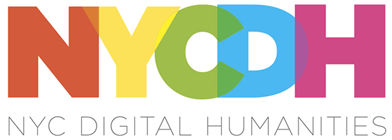Public
| Name | Lev Manovich |
| Affiliation | |
| Title | Professor, The Graduate Center, CUNY |
| Bio | Lev Manovich is the author of Software Takes Command (Bloomsbury Academic, 2013), Soft Cinema: Navigating the Database (The MIT Press, 2005), and The Language of New Media (The MIT Press, 2001) which is described as “the most suggestive and broad ranging media history since Marshall McLuhan.” Manovich is a Professor at The Graduate Center, CUNY, a Director of the Software Studies Initiative, and a Visiting Professor at European Graduate School (EGS). |
| Projects | Our lab http://www.softwarestudies.com is focusing on analyzing and visualizing patterns in massive image and video collections (“cultural analytics”). Digitization of large sets of cultural artifacts from the past and the rize of social media in 2000s open new possibilities for the study of cultural processes. We can create more comprehensive and inclusive understanding of human cultural evolution and dynamics using all digitized and born-digital cultural artifacts in any media from all of human history. We can map changing cultural patterns around the world in real time using all available web data (social media, blogs, web sites, etc.). Reaching these goals will require not ony solving many technical problems but also developing new methodologies and concepts for data-driven cultural analysis. The concept of “cultural analytics” was developed by Lev Manovich in 2005. At Software Studies Initiative we are focusing on the theoretical questions and practical research in one area of cultural analytics – using digital image processing and visualization for the exploratory analysis of large image and video collections. Here are some of the questions which drive our work: – How do we explore patterns in massive visual collections which may contain billions of images and video? To address these challenges, we are developing easy to use techniques and software for exploratory media analysis and applying them to progressively larger image and video sets. In addition to digital humanities, these techniques can be also used in cinema studies, game studies, media studies, ethnography, exhibition design, sociology, anthropology, and other fields. |
| Email Address | |
| Website | |
| Blog | |
| manovich |
